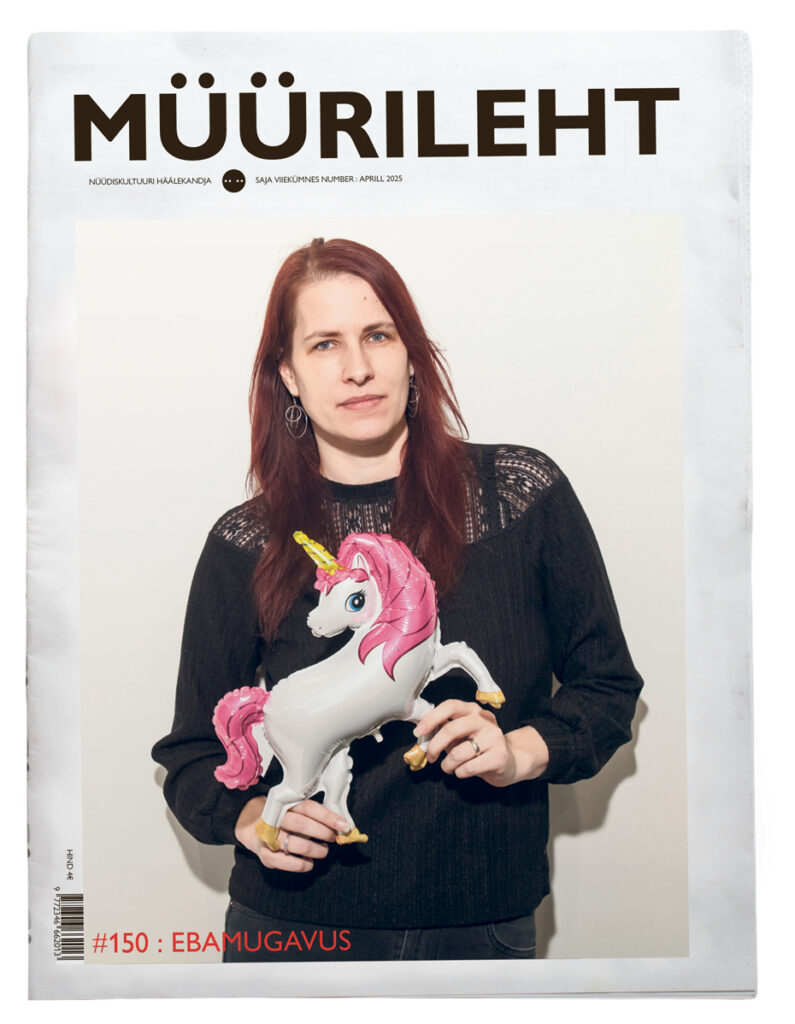Transitioning into the World of Cinema
Lugemisaeg 7 minJorė Janavičiūtė gives her impressions on Helsinki, Tallinn and Vilnius International Film Festivals and tries to grasp how the magic of film festivals seduces us into wanting to be a part of the world of cinema.
The moment I first stepped onto the ground of Helsinki last September, I was already running to the film hall Andorra, owned by the Kaurismäki brothers. There I was about to see a Finnish documentary film Knucklebonehead about (how surprising) Finnish rock band Knucklebone Oscar, famous not only for their music, but also for… smashing their instruments. Ok, the film also tries to concentrate on the figure of Oscar, the leader of the band, and his inner world, family and fatherhood issues, but most of what we see in the film is the band on their tour in China, smashing the guitars, searching for the best saw to slice them, swimming naked in a glamorous fountain and doing other rock’n’roll stuff. This kind of film was probably the best pick to start off the Love and Anarchy film festival.
Knucklebonehead trailer:
Exactly. Love and Anarchy.
The title of the Helsinki International Film Festival illustrates the mood and the audience of the festival (here we keep in mind that Finland can be called the country of rocknroll from which the word anarchy cannot be that easily distinguished).
But what does the festival love and rebel against? According to the Finnish film critic and festival organizer Kalle Kinnunen, the title of the festival refers to Lina Wertmuller’s film of the same name, however, there is no actual connection to the film, aside from that it’s a great title and the fact that there was a small Wertmuller retrospective during the festival. But as Kalle claims, the reason why the festival came to life back in 1988 was simply love for the cinema – that and there was no other way to see the films in Helsinki. Original members of the board such as Mika Siltala, Pekka Lanerva, Matti Paunio or Eija Niskanen had been travelling to festivals abroad and wanted to bring the festival culture to Helsinki. So here we find the answer for the love part. But why anarchy then? This part of the title stands for no official ideology, but anyone can see the festival’s place in Finnish film culture, which is nowadays mainly occupied by blockbusters. Small (around 180 feature films and up to 57 000 admissions) and cozy Love and Anarchy, set to the tune on of rock’n’roll, and cherishing Finnish as well as European, Asian and American indie cinema. It seems to be swimming against the current and fighting to bring the more obscure gems to the viewer.
This year HIFF Love and Anarchy turns 25.
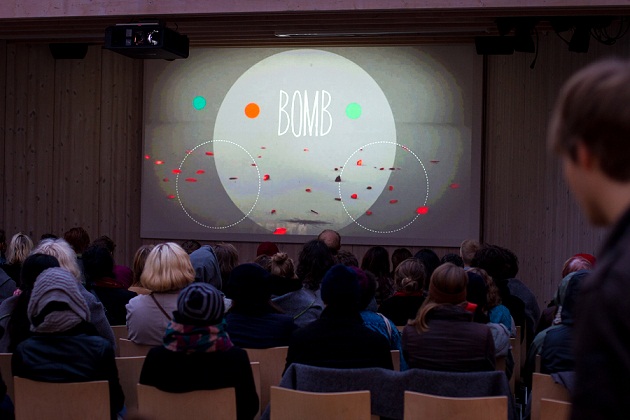
The summer ends with Love and Anarchy. While we spend the days in the darkness of film theatres and under starry nights partying with film people till dawn, all the leaves turn to gold or red and the festival dream seems to be over. Luckily, November will arrive sooner than you think and we can take the next ferry to Tallinn. The winds blast on the deck and the breeze does not disappear throughout the whole festival while we walk through the streets of Tallinn.
Tallinn Black Nights Film Festival usually takes place during the darkest time of the year – the end of November or beginning of December. Northern legends say that this is the time when the spirits are on the move. And this brings to life the legend of the festival. According to Tiina Lokk, the festival director, films are wandering in the dark nights like spirits looking for viewers. She remembers coming to the conclusion around 16 years ago in one of the restaurants in Tallinn’s Old Town that if there are white nights in Estonia, there could also be dark ones (later translated into English as black nights) – and the title of the festival was found. Although she also admits that this kind of mystical title was given to the festival due to marketing reasons to help create a legend for the festival.
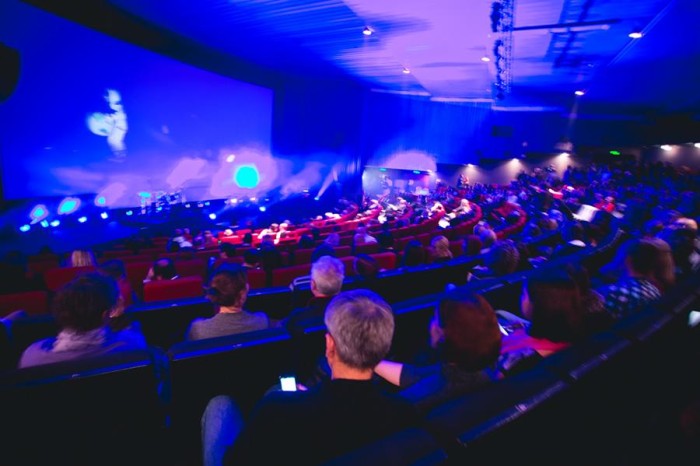
Marketing. That’s one of the most notable ways in how Black Nights Festival (usually known as just PÖFF) differs from Love and Anarchy – the festival is not just cozy, but much bigger (up to around 260 full-length films and 67 000 visits), more commercial (in an elegant way) and also one of the most prestigious and influential in Northern Europe. Black Nights Festival seems to not only have a clear background story, but also clear goals. Tallinn is becoming an important place for the East, West, North and South to meet up and mingle. It is also important for the world of cinema. The festival with its great programme is not only about the films anymore, it has also developed its approach towards industry insiders making it attractive for hundreds of foreign guests coming to the festival every year. What really makes the atmosphere is not only the legends around it, but also providing an open community to avoid anyone feeling left out. That is what also attracts the film world newcomers.
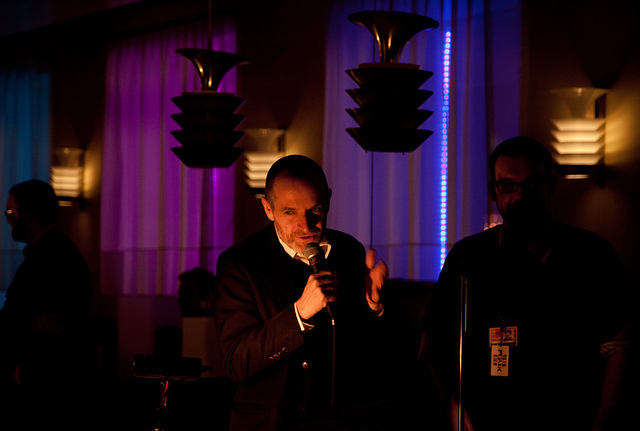
While the Black Nights Festival pulsates like a fairytale in the elegant and windy dark Tallinn night, we run from one film theatre to another. The lights of the cinema projector break through the darkest nights of the year and bring forth the light of the cinema. And as Mrs. Lokk has said, the light brought by the festival is soon replaced by Christmas lights and warmth, and thereafter, as we all know, the darkness starts to shrink little by little… Both of these Baltic festivals seem to be responsible for bringing about changes – seasonal transitions, to put it humorously – the Vilnius International Film Festival Cinema Spring is no exception, as the name would also hint. This festival usually takes place at the end of March. At the start of the festival Vilnius is usually covered by freezing heaps of snow, but when you finally walk out of the darkness of the theatres, you enter a completely different world – the snow is gone and replaced by the smell of humid earth and the singing of birds.
On the organizational side, VIFF Cinema Spring still has a lot to do to catch up with the Black Nights Festival when it comes to working with industry insiders, perfecting the elegance of execution, and, of course, creating a catchy background story. Regardless, we can see that VIFF is more oriented to local audiences and successfully working with that concept (around 180 full-length films, up to 80 000 admissions).
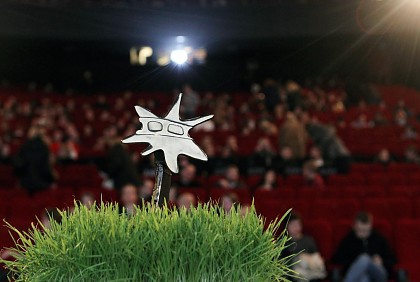
However, the most important thing for me is that this festival is in my hometown and home is always different. Being at home can somewhat diminish the festival magic – the loss of that specific feeling of being on the road. Even though the road has been an inseparable part of cinema since the Lumière brothers’ Arrival of a Train at La Ciotat, not to mention the nature of cinema itself – moving pictures as travel… A festival at home also adds a touch of charm to just plain cinema experiences; you take leave from your usual routine, maybe even apologizing to friends for missing their birthdays, and spending every minute from early in the morning to late at night in cinemas with coffee as fuel. And after this is all over, you take the trolleybus home, staring through the window and feeling like you yourself are from a movie. That feeling, when it seems that you have finally managed to get onto the screen, not like some big movie star, but just that short feeling that you are transformed into the world of cinema, the dream you wish to live in… Maybe that is what makes the film festivals so magical.
